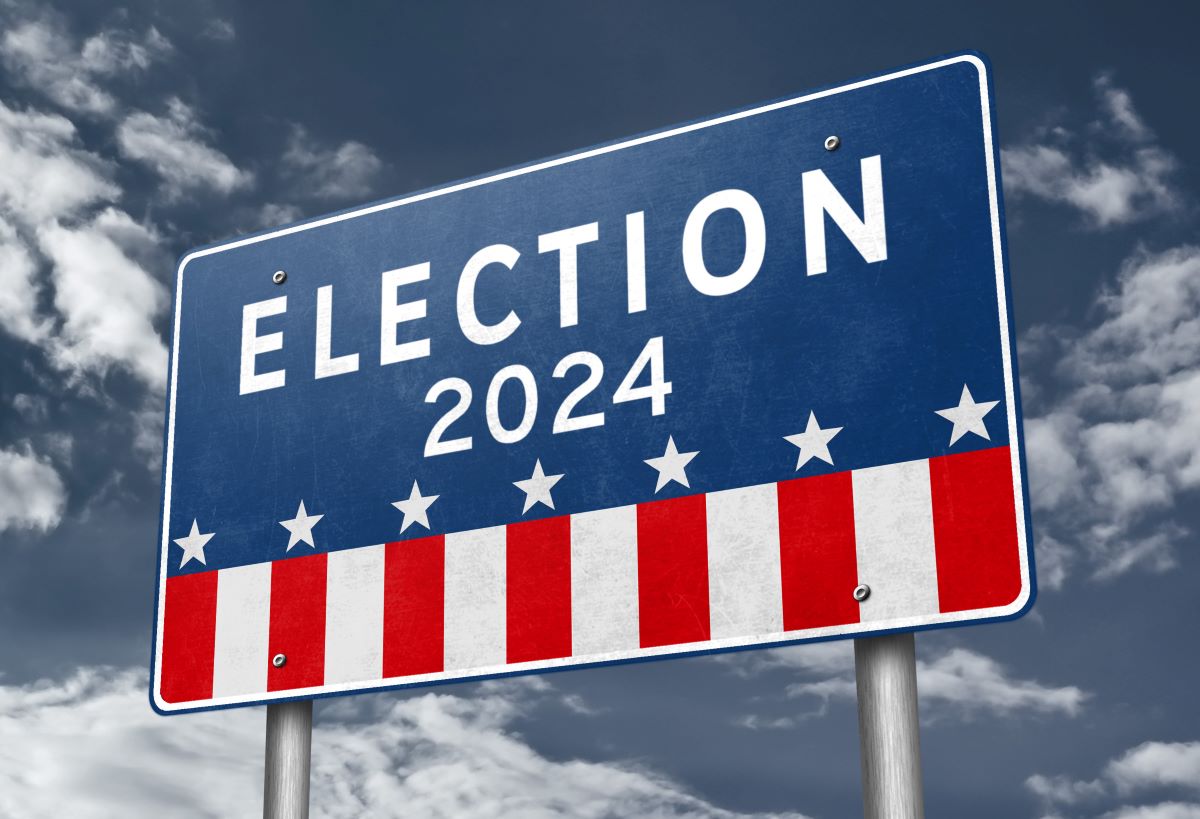On July 9, 2020, a California Court of Appeal ruled that the City of Santa Monica’s use of an at-large election method did not violate the California Voting Rights Act in Pico Neighborhood Association v. City of Santa Monica. This is the first time a public entity has successfully defended a challenge to its election method under the CVRA, raising expectations that the court’s decision will make it more difficult for plaintiffs to successfully challenge a school district’s at-large voting method in the future.
The Santa Monica decision
Plaintiffs sued the City of Santa Monica in 2017, alleging the City’s at-large election system violated the CVRA and the California Constitution. Plaintiffs alleged that the city adopted and maintained the at-large voting system to dilute Latino voting power and to deny Latinos effective political participation in City Council elections, and that the at-large system prevented Latino residents from electing candidates of their choice or influencing election outcomes. At the time of the trial, about 90,000 people lived in Santa Monica, and Latinos comprised about 16 percent of the city’s total population. The trial court found the city had violated the CVRA, and the city appealed.
The appellate court overturned the trial court’s decision. Plaintiffs argued that evidence of racially polarized voting was sufficient to show a violation of the CVRA, but the court disagreed, finding that the CVRA also required the plaintiff to show that the city’s at-large system diluted the votes of a protected class in order to establish a violation. The court held that the plaintiffs had failed to prove the city’s at-large voting system diluted the votes of Latinos. The court noted that, assuming race-based voting, the city’s Latino population was not large enough to win a majority and elect someone to City Council in an at-large voting system or a by-district voting system. The court wrote that “[t]here was no dilution because the result with one voting system is the same as the result with the other: no representation.” The court wrote that dilution requires a showing that the change in voting method is likely to make a difference in electoral results.
The court also rejected the plaintiffs’ arguments that the city’s voting method violated the CVRA because a different voting method would increase the electoral “influence” of a protected class of voters. The trial court had followed this approach by asking whether “some alternative method of election would enhance Latino voting power.” The appellate court wrote that under this standard, “any unrealized increase in a group’s percentage would satisfy the dilution element” and found this standard “untenable because it would create absurd results.” Whether a larger percentage of protected class voters in a district might meet the “influence” standard such that an at-large election method violated the CVRA is not answered by this decision.
Because the appellate court found that the city’s use of an at-large election system did not result in “dilution,” it found the city’s election system did not violate the CVRA.
The California Voting Rights Act
Many California school districts have had their election system methods challenged in recent years under the CVRA. The CVRA, which was signed into law in 2002, provides that an at-large method of election (elections where all members of the district vote for all members of the governing board) may not be used in local governing bodies’ elections in a manner that impairs the ability of voters to either elect candidates of their choice or to influence the outcome of an election, due to a dilution of the rights of members of that protected class. A protected class is defined as members of a race, color or language minority group, and any member of the group is authorized to bring action in court to enforce the CVRA. (Elections Code sections 14025-14032.)
Impact on school boards
While the impact of this decision could be negated if the California Supreme Court takes review of the case, the appellate court’s decision clarifies the standard for CVRA challenges and likely means that, in some California school districts, at-large elections would not violate the CVRA. Under the court’s opinion, it will be more difficult for plaintiffs to show a violation of the CVRA in districts that have similar demographics to the City of Santa Monica, where members of a protected class make up a relatively small percentage of the district’s overall population, because, as the court pointed out, plaintiffs would have to show the at-large voting system diluted the votes of a protected class.Governing boards that do not hold an election by trustee area still must ensure ongoing compliance with the CVRA, and any district found in violation of the CVRA could be held liable for attorneys’ fees and legal costs. Whether an at-large voting system violates the CVRA remains a fact-specific analysis for each district. School boards should review Board Bylaw 9220 for additional information about their election processes and procedures, and districts seeking more information about the CVRA and its possible effects should consult legal counsel.
Please note that the information provided here by CSBA is for informational purposes and is not legal advice. Please contact your legal counsel for questions related to this information.





